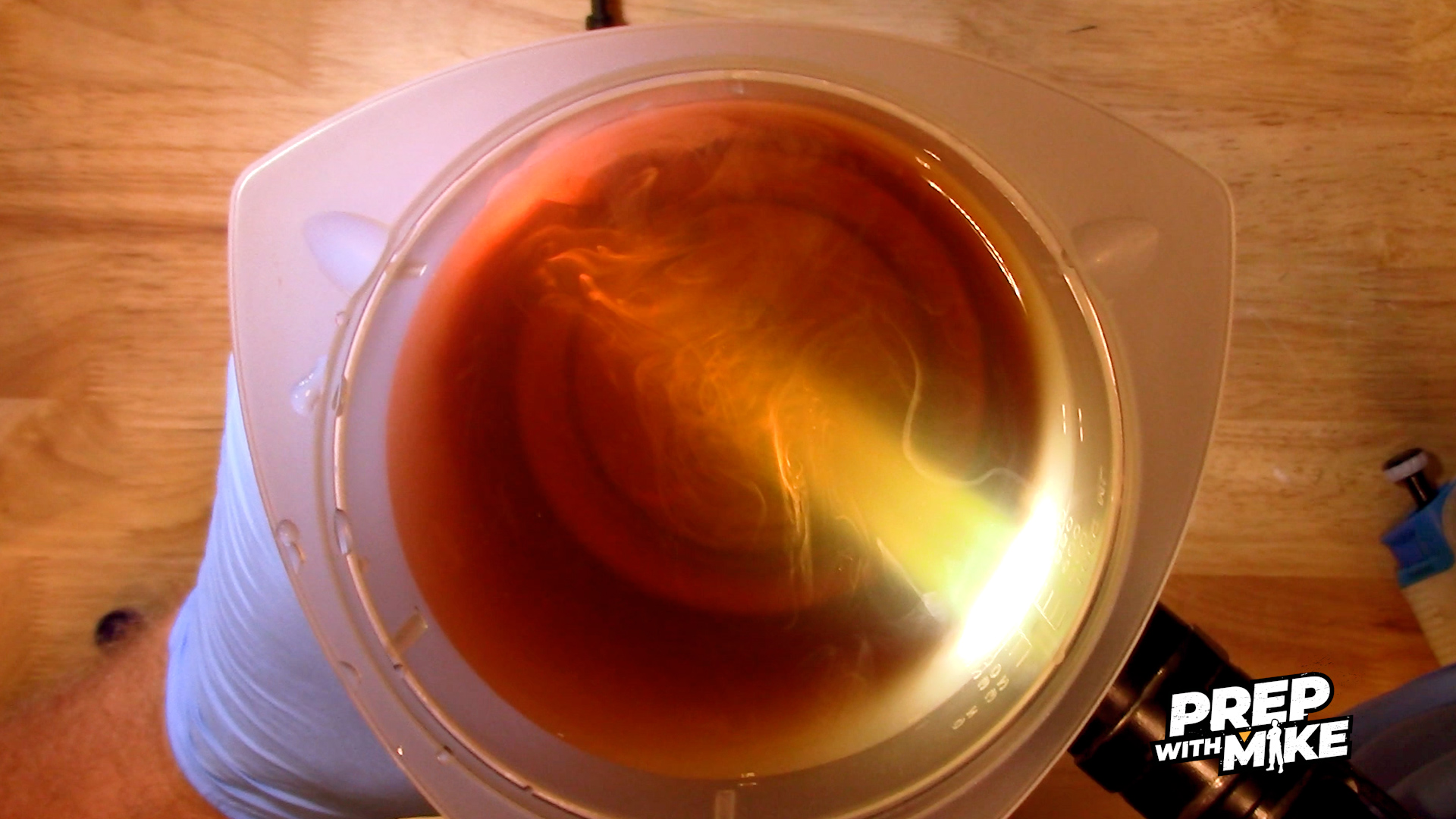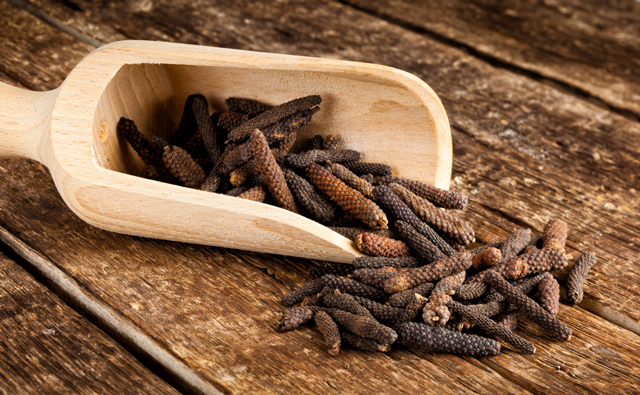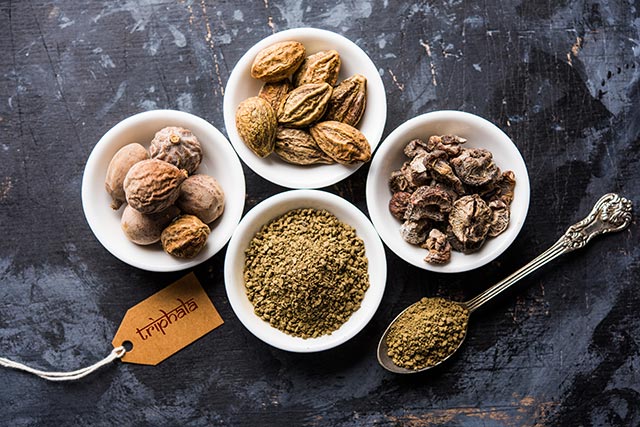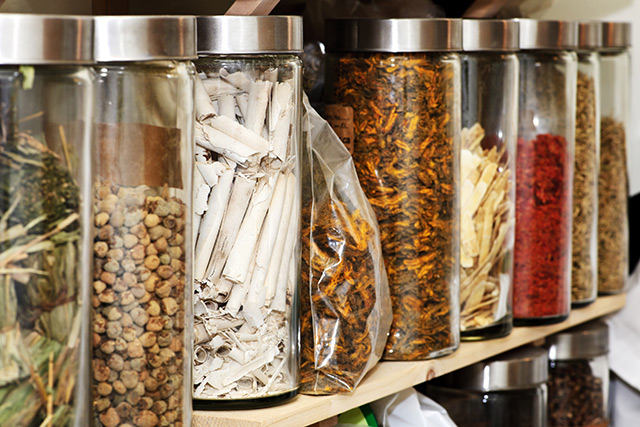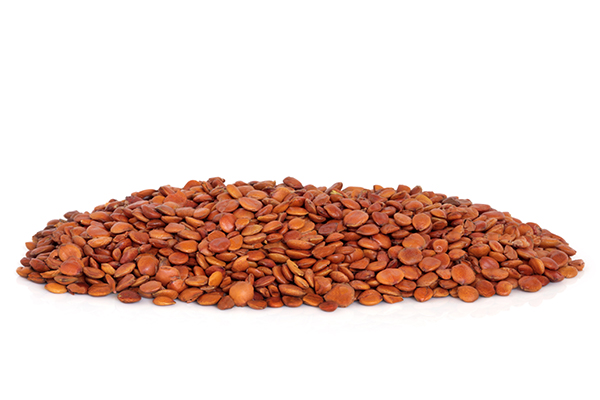Hottentot fig, a medicinal plant from South Africa, can treat common ailments without causing blood toxicity
10/05/2020 / By Evangelyn Rodriguez
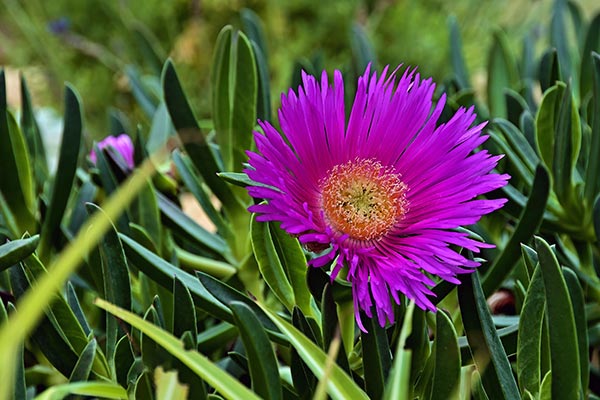
Hottentot fig, scientifically known as Carpobrotus edulis, is an edible ground cover plant native to South Africa. Cultivated as an ornamental and a soil-stabilizing plant, Hottentot fig is also harvested from the wild for its edible fruit and medicinal uses. In fact, this flowering plant is one of the most common plants used in traditional medicine in Zimbabwe.
In Eastern Cape, a province in South Africa, Hottentot fig is used by traditional healers as a treatment for various conditions, such as diabetes mellitus, tuberculosis, sores, constipation and intestinal worms. Research on the plant has shown that it contains plenty of active components, but its effects on hematological parameters are still unknown.
To address this, researchers at the University of Nairobi in Kenya and the University of Zimbabwe screened the aqueous leaf extract derived from Hottentot fig to determine its phytochemical composition and its effect on various blood parameters. They reported their findings in an article published in The Journal of Phytopharmacology.
The medicinal uses of Hottentot fig
According to previous studies, the leaves of Hottentot fig have numerous medicinal applications. Highly astringent and mildly antiseptic, these leaves also have diuretic and styptic properties, meaning they can increase urine production and naturally stop wound bleeding.
Meanwhile, the juice obtained from Hottentot fig leaves can be consumed as a remedy for dysentery (intestinal inflammation), diarrhea and other digestive problems. When mixed with honey, olive oil and water, the juice can also treat tuberculosis. Hottentot fig leaf juice is also used as a gargle to treat mouth and throat infections.
When applied topically, Hottentot fig leaf juice can help treat bruises, grazes, wounds, burns, eczema, sunburn, ringworm and vaginal thrush. It can also be used as a remedy for toothache, earache, cracked lips, insect stings and oral thrush. Chewing Hottentot fig leaf and drinking the juice is believed to relieve sore throat.
The fruits of Hottentot fig also has beneficial properties. For instance, the syrup made from these fruits is often used as a laxative. People also eat these fruits than drink brackish water to treat constipation. (Related: 13 Nutritious fruits that can help relieve constipation.)
Hottentot fig is a non-toxic natural medicine
Because of the various medicinal uses of Hottentot fig leaves, the researchers decided to analyze their chemical composition and safety. They obtained extracts from the leaves using water as a solvent and screened them for the presence or absence of flavonoids, anthraquinones, alkaloids, terpenoids, saponins, tannins and glycosides.
The researchers then divided 32 rats into three treatment groups and one negative control group. Group A received 100 mg of the extract per kilogram body weight (mg/kg) while group B received 300 mg/kg and group C received 1,000 mg/kg for 28 days by oral gavage.
After the 28-day treatment, the researchers measured hematological parameters, such as total red blood cell count (RBC), RBC distribution width, total white blood cell count, hematocrit, mean corpuscular volume, mean corpuscular hemoglobin (MCH), MCH concentration, platelet counts and mean platelet volume.
According to the researchers, blood is a vital body fluid that consists of different types of cells and plasma. Besides fulfilling various functions, blood cells are important hematological parameters that can also serve as valuable diagnostic tools. It is important to determine the effect of medicines on these parameters as deviations from normal ranges can have harmful consequences.
Certain phytochemicals, such as flavonoids and saponins, have been shown to alter hematological parameters in animals. The researchers found that Hottentot fig leaf extracts contained plenty of active compounds, such as flavonoids, anthraquinones, alkaloids, terpenoids, saponins, tannins and glycosides.
Fortunately, the extracts did not exert any adverse effects on the rats. They also did not induce abnormal changes in hematological parameters after 28 days of oral administration.
Based on these findings, the researchers concluded that Hottentot fig is a non-toxic natural medicine that doesn’t alter blood parameters. Nevertheless, they recommend further evaluation of the plant to fully verify its safety for use.
Sources include:
PhytopharmaJournal.com [PDF]
Tagged Under: alternative medicine, blood toxicity, disease treatment, herbal medicine, Herbs, hottentot fig, natural cures, natural medicine, phytonutrients, plant medicine, remedies, research
RECENT NEWS & ARTICLES
COPYRIGHT © 2017 NATURAL CURES NEWS

